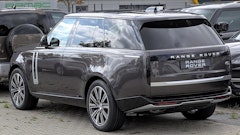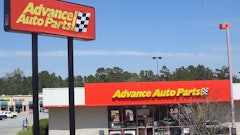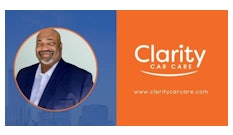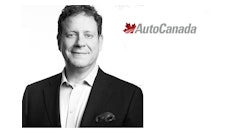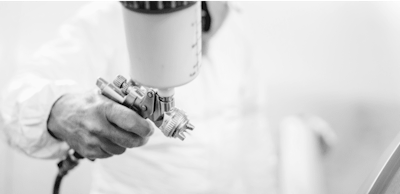
Toronto, Ontario — Bust out your books and take a few deep, meditative breaths, as Mike Anderson’s most recent “Who Pays for What” report has been released; this time with its sights set on the use of invoicing systems for material costs.
This latest report from the CEO of Collision Advice builds off findings from a 2021 survey that found that about half of bodyshops used a flat hourly rate model to bill for the cost of materials during refinishing work, while only about 19 percent used a materials calculator or invoicing system.
According to Anderson, the portion of shops using these systems has remained largely unchanged, however, more than 40 percent of shops now report using a mix of flat rates and materials calculating, up from 32 percent in 2021.
“I really think the large change we are seeing is due to the multiple increases in paint prices virtually all shops experienced since we last did this survey in January of 2022,” he said.
“More shops are beginning to charge for paint and materials with a detailed invoice that shows exactly what was used on the vehicle.”
Results from this most recent survey showed that the most significant change was to payment for two-tone work, which experienced a 5.9 percent drop to a total of 75 percent of shops who report “always” or “most of the time” being compensated for such work.
“I am not sure why regular compensation for this labor operation would be declining. It would be interesting to know if this is because shops previously included this under ‘second color set-up’ and now they separate it out, or if there is insurance pressure as part of virtual reinspections,” Anderson speculated.
“All of the paint manufacturers have bulletins on the need to denib or finish sand or buff, often noting (as the AkzoNobel statement reads) that, ‘It is not likely that a repair can be made that is completely free of surface defects,’ and that it is (as the Axalta statement reads) ‘a normal and necessary operation for both OEM manufacturers and collision repair shops.’
“Some automakers, like Toyota, Lexus, Nissan, and INFINITI, also have statements that these processes are necessary even at the manufacturing plant as well as at body shops.”







